Sacred Kumano Kodo
Kumano Kodo, the road not taken
When we think about Japan, names as Tokyo, Kyoto or Hiroshima spontaneously come into our minds, with their vertical neon lights, highly dense neighborhoods, sumo wrestlers and temples swallowed by skyscrapers. But Japan is a big country (actually, just to give an idea, it’s bigger than Germany) and it has a lot more to offer than its popular urban hives…
Kumano Kodo. Kii Peninsula. A lesser known side of Japan. I have accidentally found it when asking Google about “best hikes in Japan”. Google diligently gave me a long, looooooong list, but there was something that made me linger over Kumano Kodo, despite so many other enticing places. Once again, serendipity worked: I was searching for a hike and I found the pathway to heaven.
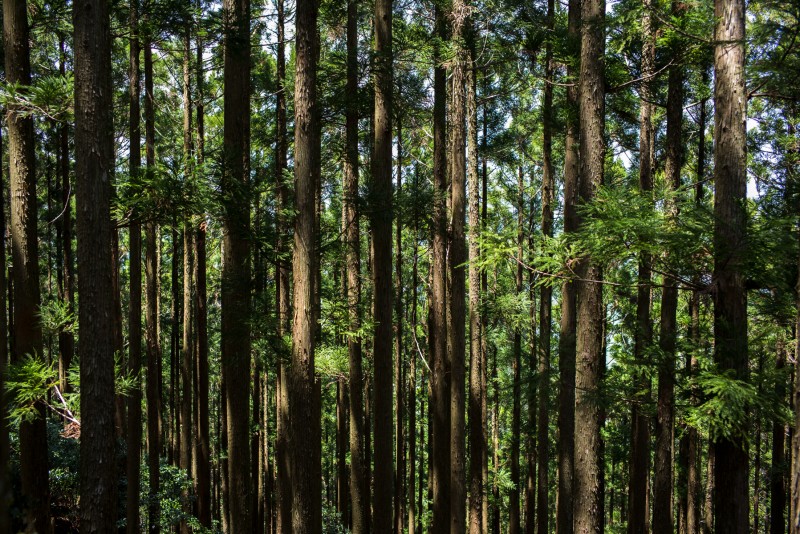
The sacred roads
Kumano Kodo (Kodo means “old road”) is neither a town nor a village. South of Nara and Osaka, Kumano Kodo is a network of ancient pilgrimage roads, a spiritual infrastructure made of hundreds of kilometers of trails more or less paved that connect three major temples: Hongu Taisha, Nachi Taisha and Hayatama Taisha. They spread across the Kii pensinsula, from Mount Koyasan in North all the way to the Pacific Ocean surrounding the peninsula from East to South and West.
Kumano Kodo started to gain popularity in the 9th century, a time when Buddhism, recently imported to Japan, and the ancestral Shinto beliefs were in the middle of the fusion process, concocting something unique, greater than the sum of the parts. This region was considered by Buddhists to be a celestial paradise, and long before that, a place where Shinto deities (the kamis) descended on Earth, in primeval times. At first the emperors, later the samurais and by the 15th century, commoner pilgrims, they all went there with the same goal: walk the road of enlightenment and purification.
I believe today Kumano Kodo is more a place of spiritual healing and appeasement. A mystical aura still glows around Kumano Kodo and I totally understand why: despite being not far from one of the most industrialized areas of the Kyushu island, Kumano Kodo is a place where Time slowed down, centuries ago. The temples, the mountains, the forests and the rivers, they all must look like they did in the very Beginning. The only measure of time passing by are the tides of pilgrims and the footprints of their evanescent steps.
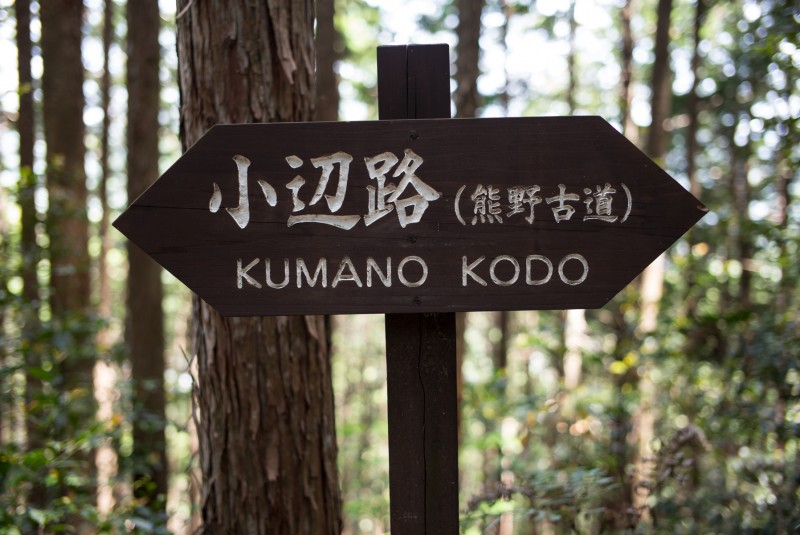
Tanabe, the gate to Kumano Kodo
It would take several weeks to walk all the paths in Kumano Kodo. I had only three nights there, so I needed a “base camp” from where I could reach as fast as possible the heart of the peninsula. That base camp was Tanabe, only 2 hours away by bus from Hongu Taisha, which is the geometrical center, the main hub of the entire network of roads.
I had absolutely no expectation about Tanabe. Maybe that’s why I was so pleasantly surprised. Its houses of rusted corrugated iron boards, the fresh smell of rain and sea, the yuzu fruits hanging heavily above the gardens’ walls, the flowers in the burnt clay pots, the small streets and the small houses, everything was utterly charming in under the warm dusk light. A modest, surreal and decaying charm, one that I can relate with so deeply.
Tanabe is the only place on Earth where it is possible to walk down the streets while the public loudspeakers are airing songs like Chris de Bourgh’s Lady in Red or Rod Stewart’s Brown Sugar (!!!), punctuated by Japanese pop. I was walking downtown, with a big smile on my face, taking pictures of a Buddha surrounded by dog statues, dancing in my mind to this music from a different time and a different world.


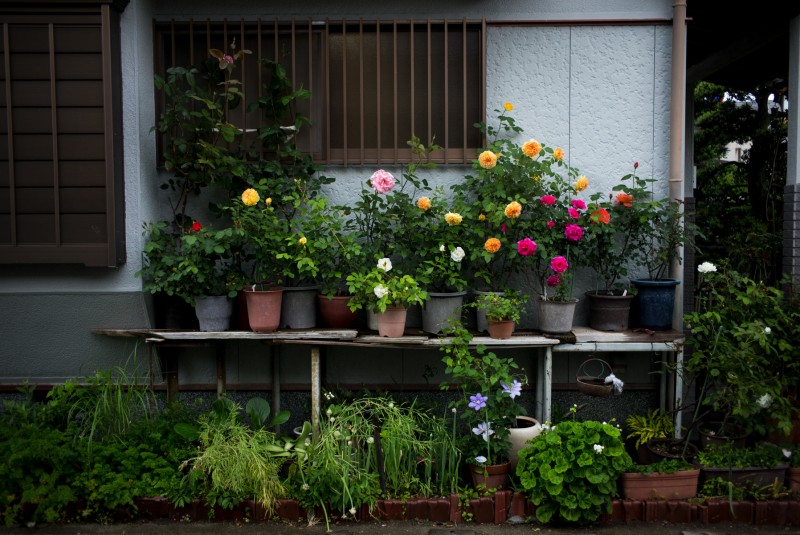
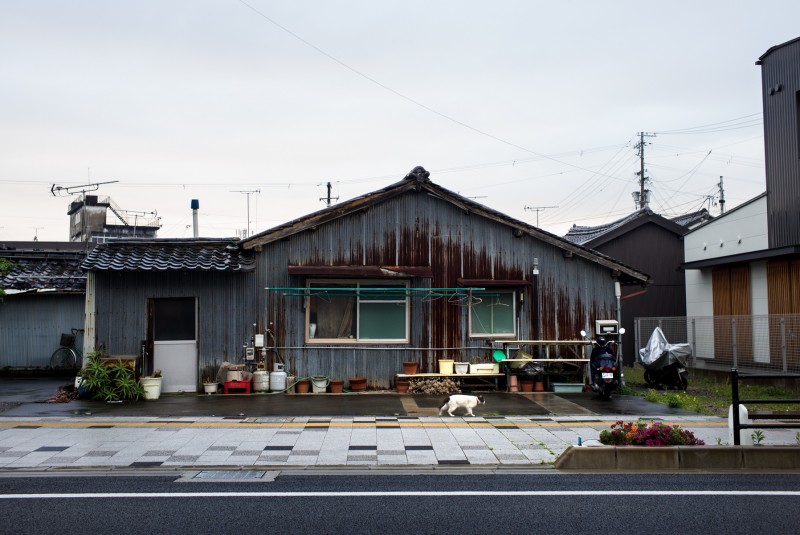
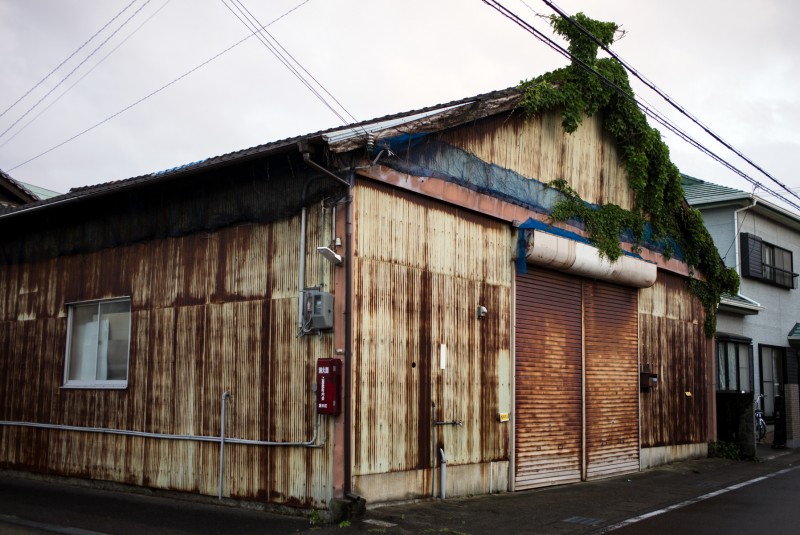
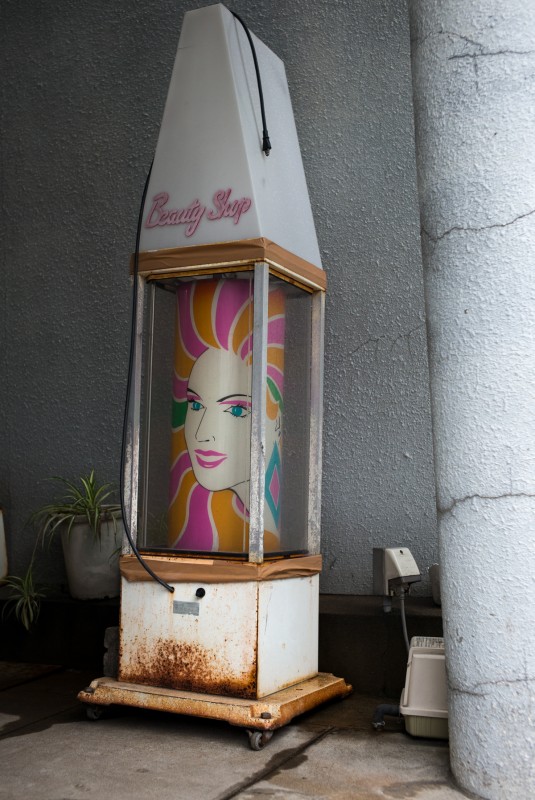
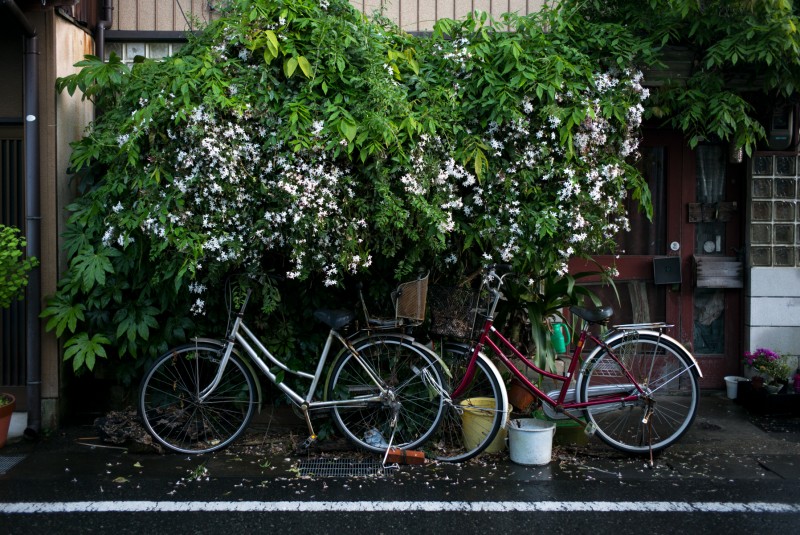
Kōzan-ji temple
One day, hazard guided me to the Kōzan-ji temple, North of Tanabe. After the traumatizing experience at the Golden Temple in Kyoto, where people stand in line just to walk and then fight for a place to take pictures, Kōzan-ji was a sanctuary of peace and silence. The only tourist taking pictures was me. A monk was meditating in the sun, a temple keeper removing bad herbs grown between the cobblestones of the alley. Every now and then, sundry Japanese people came to pray, from old ladies to young men. The ritual was simple and carefully performed by all: first they burned a bouquet of incense, then they rang the gong three times, reverently bowing in font of the altar, then they watered the Buddha statues and murmured loud prayers. Those loud prayers were otherworldly and pure. I stood there more than two hours, magnetized to a bench near an altar, ensorcelled by the rising vespers.
That evening at the guesthouse, I found out that Kōzan-ji was the Mecca of the martial arts’ world, as Morihei Ueshiba, the founder of aikido, has been buried there. He was born in Tanabe and one of his last disciples still live and train at the Kozan-ji temple. Maybe he was the monk meditating in the sun…

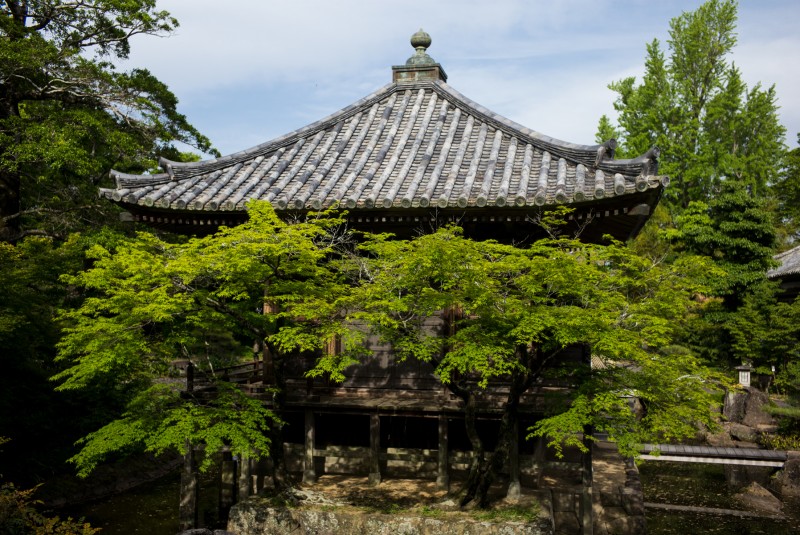
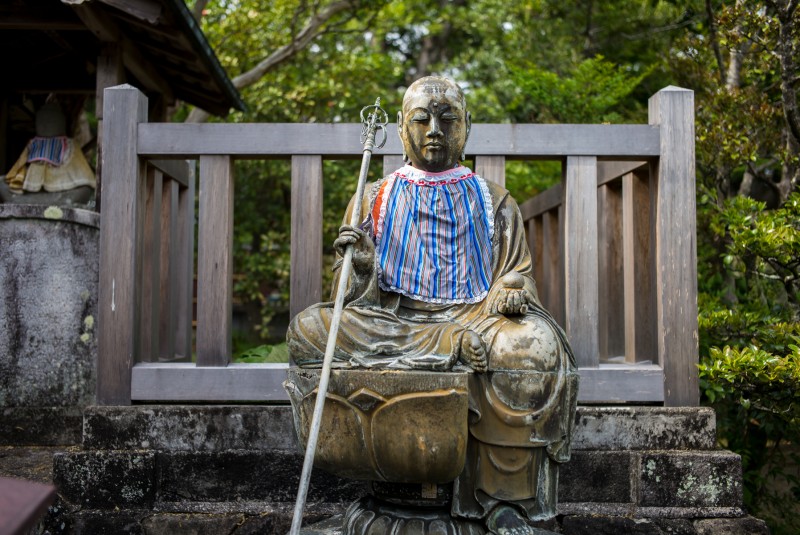
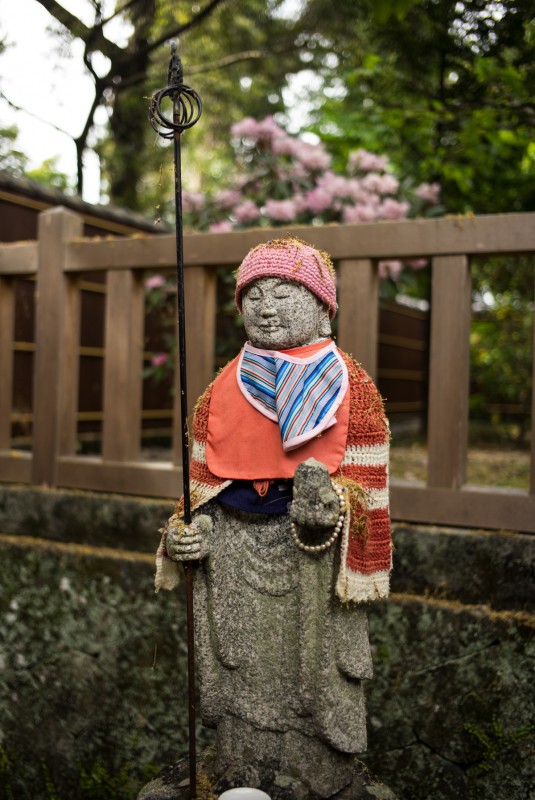
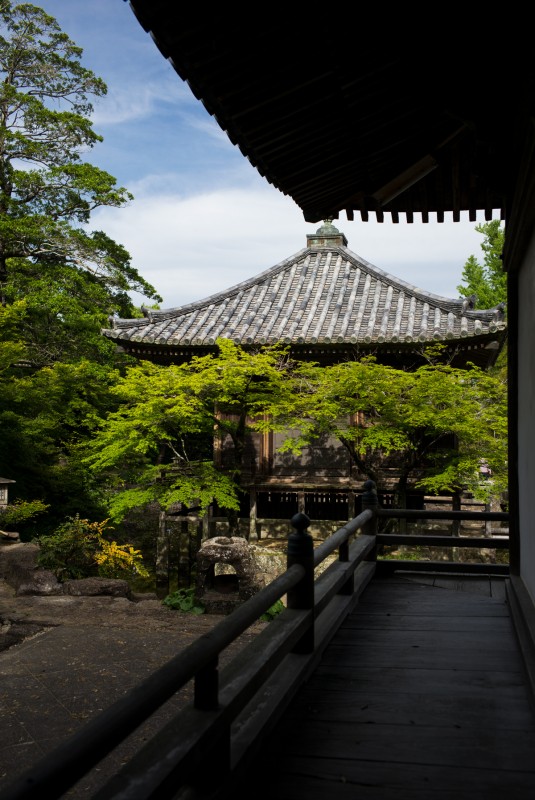
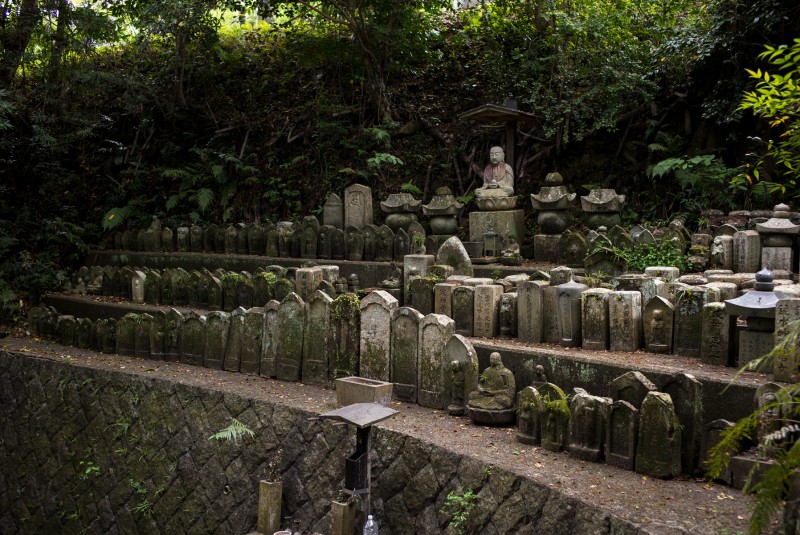
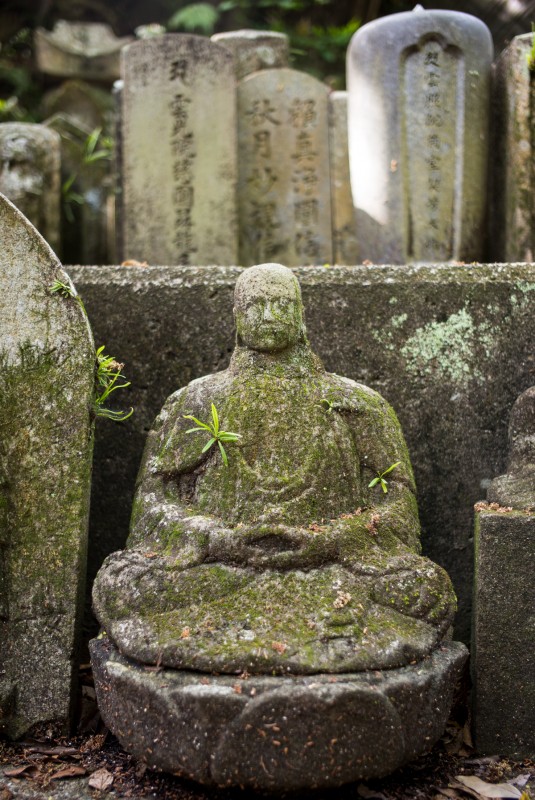
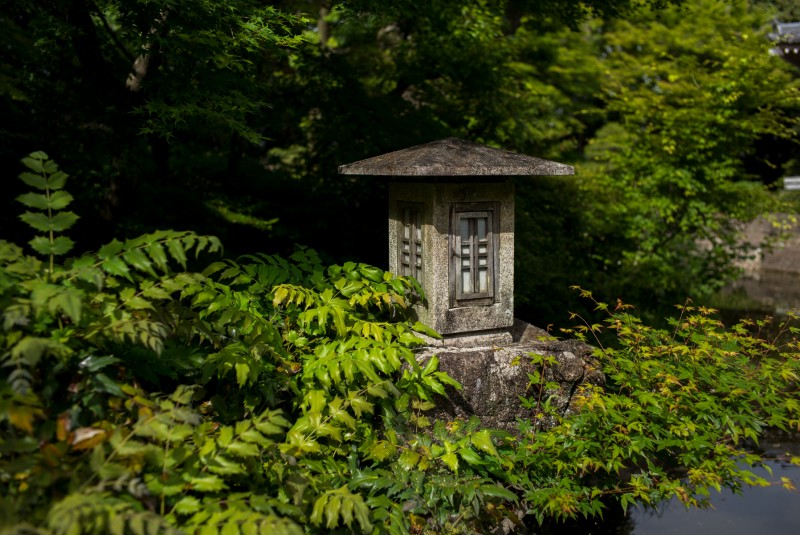
From Totsukawa to Hongu, on the Kohechi Route
From all the paths and trails accessible from Tanabe, I decided to take the biggest challenge and do the Totsukawa-Yagio section. A 11 km trail climbing from 100m near the Totsukawa onsen up to 1100m at Hatenashi Toge Pass and descending back to 100m in the valley of the Totsukawa river.
All good, except one thing: taking into consideration the bus transfers and schedules, I had no more than 3h20 for the entire hike. The brochures time estimations were rather around 5.5h necessary for this walk.
It felt more like trail running than pilgrimage :), but despite the overheat muscles and reddening cheeks, my mind was serene and relaxed. My senses were vibrating in tune with the surrounding trees, mountains, lizards, little snakes and butterflies. Never in my entire life have I seen more lizards and butterflies crossing my path! The air smelled like bourgeoning and blossoming trees, and the 33 Kannon statues were carefully watching over my steps, to make sure I catch the bus. Which I did. To the minute.
I didn’t meet any people at all. I was hiking alone in paradise.
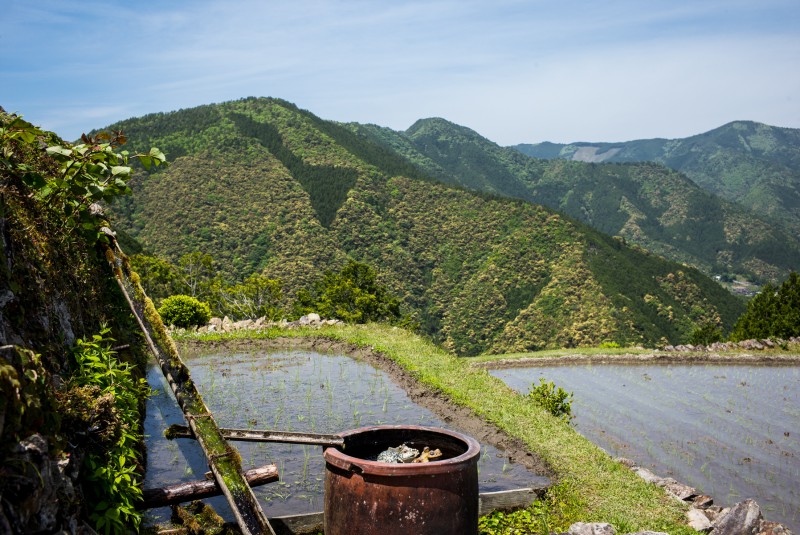
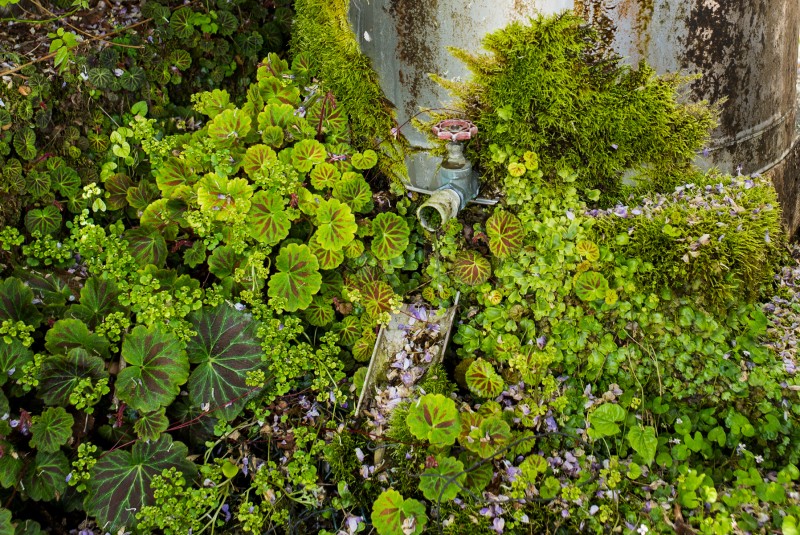
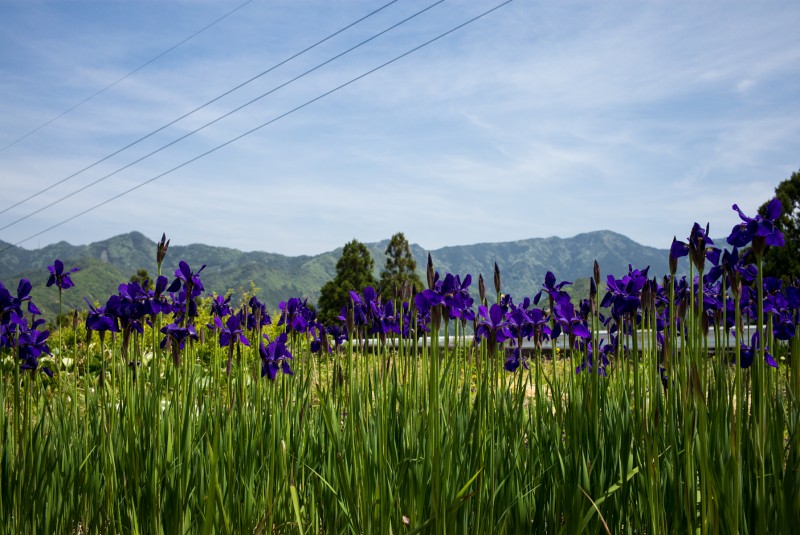
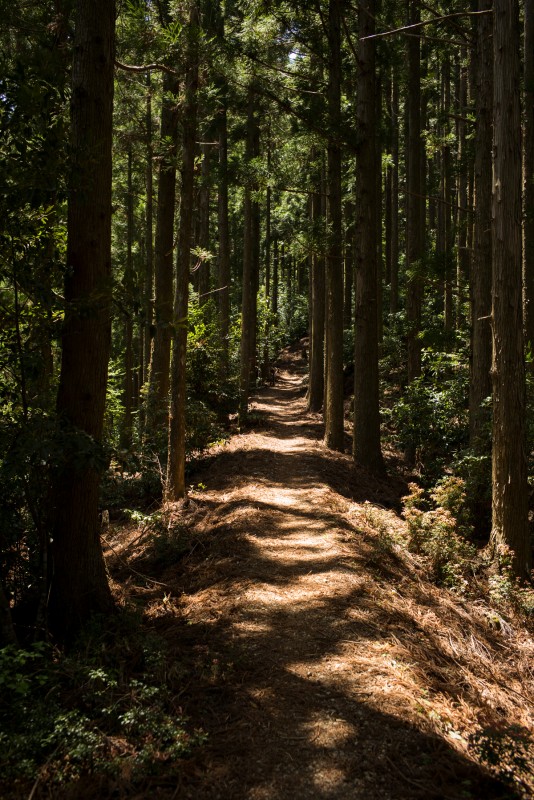
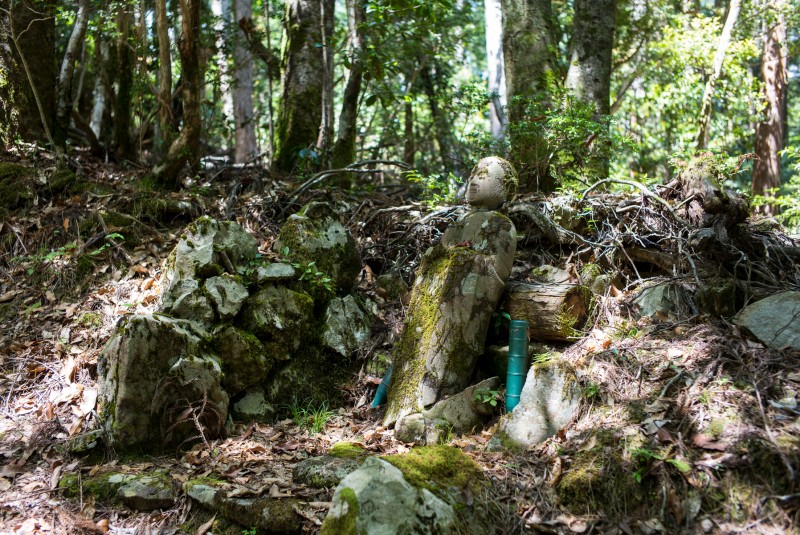
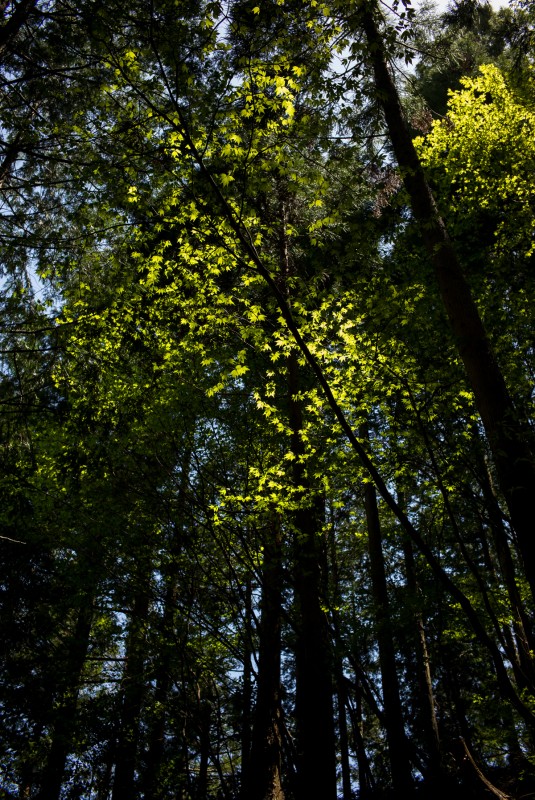
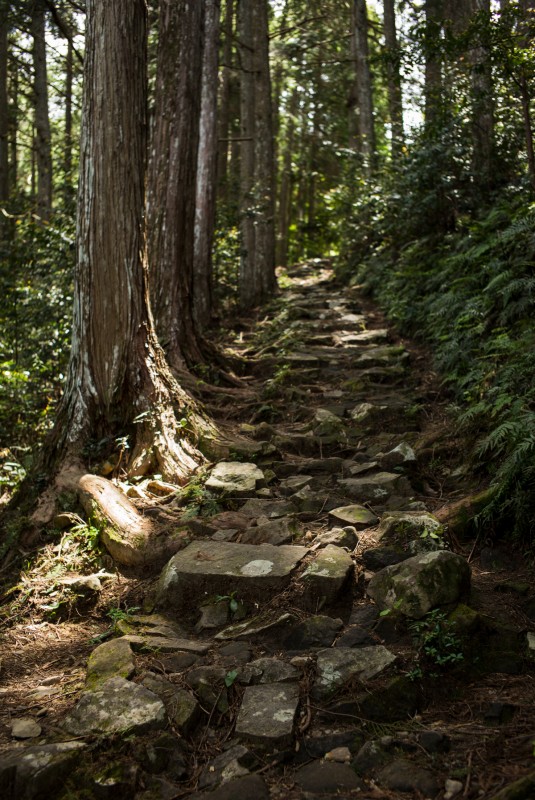
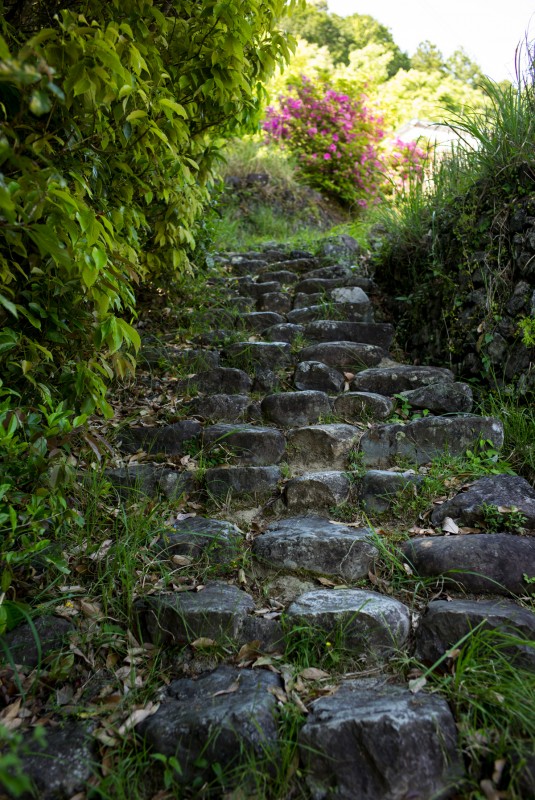
#LeicaM #Summilux50mm #Summicron35mm #KumanoKodo #Pilgrimage #Japan
©Madalina Diaconescu 2017